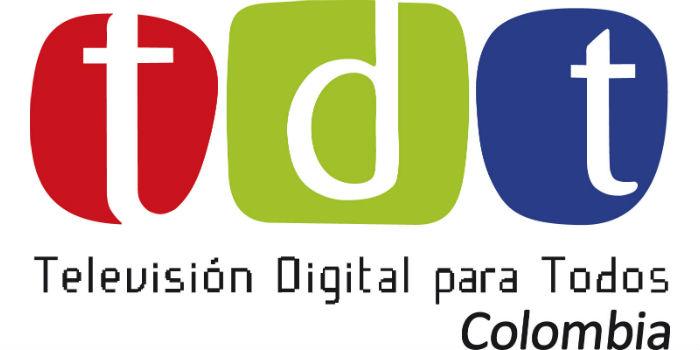 Latin America. Colombia's National Television Authority, ANTV, published a report on how the implementation of digital television is progressing in the country and compares some cases in Latin America.
Latin America. Colombia's National Television Authority, ANTV, published a report on how the implementation of digital television is progressing in the country and compares some cases in Latin America.
In Latin America, Mexico is the only country that completed the analog blackout process on December 31, 2015 when, with the support of the Federal Institute of Telecommunications, the Ministry of Social Development, the Secretary of Environment and Natural Resources, Secretary of Communications and Transportation, and the Television Concessionaires, 537 stations were turned off throughout the country and the conditions for the implementation of the DTT signal were generated.
Likewise, at the time, the percentage of the population of scarce resources to whom receiving equipment was delivered was determined, centers for the collection and temporary storage of analog televisions were established, socialization programs and actions were activated, among other activities.
In the region, the next blackout will take place in Costa Rica, which is scheduled for December of this year. Then, the turn will be for Brazil and Ecuador, who foresee their blackout by December 2018.
Argentina and Colombia are getting ready for the blackout in August and December 2019, respectively. Chile and Paraguay expect to be ready in April and December 2020, and finally Peru, is scheduled for 2025.
Costa Rica, which began its transition process in 2010, adopted the Integrated Services Digital Broadcasting ISDB-T standard. This standard responds to a series of standards established in Japan for the transmission of digital radio and television. Its implementation will mean that each licensed television channel will have 6 MHz of bandwidth, to allow the transmission of up to six signals in SD by a single channel.
Brazil
In 2006, Brazil adopted the Japanese standard (ISDB) for Digital Terrestrial TV. With the support of the Ministry of Development, Industry and Foreign Trade, the country created the Executive Group of Digital Television, whose task is to define and implement actions related to the Brazilian Digital Terrestrial Television System in the areas of competence of the Ministry and its units.
According to the report of the entity in charge of the transition to DTT in Brazil, in January 2017, about 338,000 DTT kits were delivered in Brasilia, out of a total of 377,000 people authorized to receive the equipment in that region. In November of last year Brasilia and surrounding cities experienced analog blackout.
The government continues to provide free kits (STB and antenna) to beneficiaries of social programs. According to the government's schedule, the next city to complete the analog blackout will be Sao Paulo.
Ecuador
In March 2010, Ecuador officially adopted the Japanese-Brazilian standard (ISDB-Tb) for Digital Terrestrial Television, a delegation of the Ministry of Telecommunications was created to lead the process, a committee for implementation, all under the direction of a Master Plan that contemplates a gradual blackout which begins in Quito, Guayaquil and Cuenca, then will take into account the Provincial Capitals in 2017 and will finally end in December 2018.
According to ecuador's Ministry of Telecommunications, in 2015 Ecuadorians watched an average of three hours of television a day and it was estimated that nine out of ten inhabitants had a color television in their home. Currently, Digital Television test signals are broadcast in Quito, Guayaquil, Cuenca, Ambato, Latacunga, Santo Domingo, Manta, Portoviejo.
Some facts
In the world there are three standards of transition to Digital Terrestrial Television: The Japanese, Integrated Services Digital Broadcasting - ISDB; The European, Digital Video Broadcasting - DVB and the American Advanced Television Systems Committee - ATSC.
The ISDB-Tb standard is a variation made by Brazil to the Japanese standard, this change consists of using the MPEG-4 codec instead of MPEG-2.

























Leave your comment